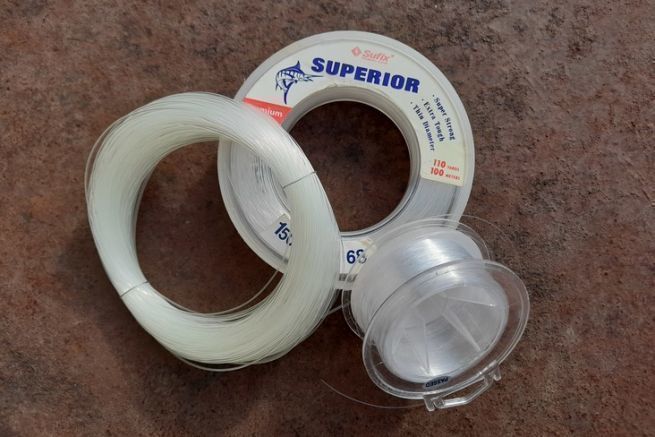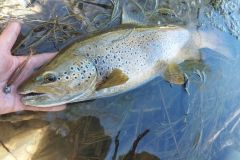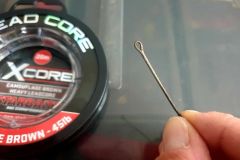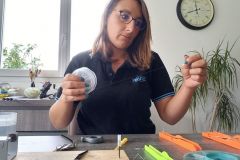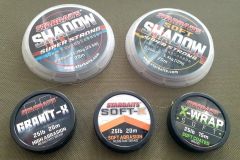A fabulous evolution
At the beginning, the fishing lines were made of horse hair, then of gut ( artificial silk fibers agglutinated with varnish ) and finally in nylon. This already offered some incredible specificities compared to the hair of our grandparents.
It must be said that the progress in chemistry is enormous and the first nylons offered a real leap forward in terms of discretion as well as resistance. It was amazing to see that you could cut yourself trying to stretch a nylon while it remained intact.
Of these classic threads, there are all colors and different diameters, for the sea or fresh water, or even fluorescent for an amazing visibility.
From these basic nylons, there is an extraordinary variant which is fluorocarbon. We often hear about it without knowing that it has been technically designed as well. Designed and developed for a specific purpose, it is the ultimate weapon for discreet fishing. Indeed, fluorocarbon has a light reflection index close to that of water, so it is almost invisible. It is not uncommon for it to disappear from our eyes once submerged a few centimeters.
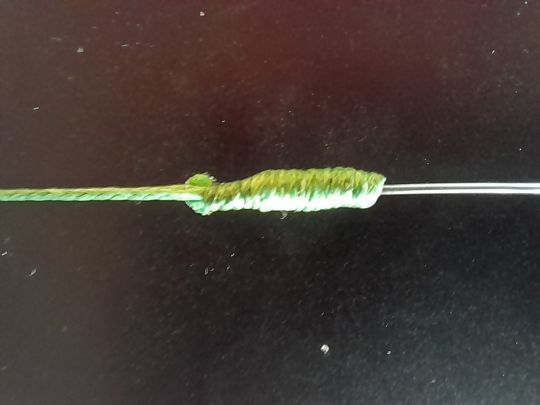
Multiple properties
The cost of a spool is quite high for 100% fluorocarbon because of the specific chemistry of this yarn. It is mainly for this reason that only the tips placed at the end of the braids are made with fluorocarbon, as well as some special assemblies. It is a first choice snatch because of its strength and lack of elasticity. There are much cheaper fluorocarbons, but they are coated versions. While they have advantages, they do not have the same characteristics as 100% fluorocarbon and should be used with care.
The coated ones are softer and have a lower light reflection. It is possible to use them advantageously as a mother line, especially for trout fishing. In this case, the lure is mounted directly on the tip. The coating ensures a good protection of the line and its softer character facilitates the casts.
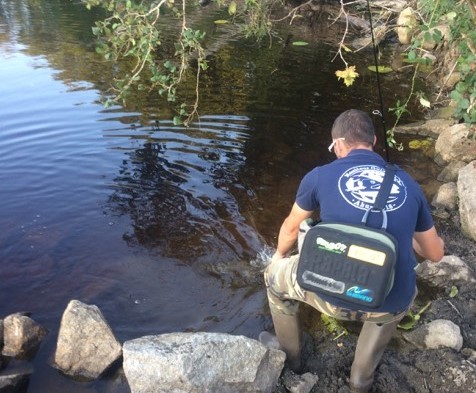
Among the specificities of the fluorocarbon thread, we find a particularity which is not immediately obvious, but which is very advantageous. Indeed, its anti-abrasive character prevents it from scaling, i.e. from being damaged by obstacles, which is very interesting for lure fishing. Fluorocarbon being hard, it is less subject to attacks from riprap or branches and remains intact in terms of resistance. By the same logic, being much less impacted by obstacles, its invisibility is therefore preserved.
Its conservation is also very important. By this I mean, of course, that there is no question of putting it in the fridge or freezer, but simply of not exposing it to the sun to avoid accelerated deterioration by exposure to heat and light. This prevents it from having a memory, i.e. the thread retains the shape of the spool when it comes out and thus no longer offers the same qualities. This is not a difficult precaution to follow, but it avoids having a spiral-shaped leader.

